In a bold move that challenges conventional food norms, Finland has introduced cricket protein bread to supermarket shelves. This innovative product, made with flour derived from ground crickets, marks a significant step in Western acceptance of edible insects as a sustainable protein source. The bread contains approximately 70 crickets per loaf – dried and milled into fine powder – accounting for 3% of its total ingredients alongside traditional wheat flour, seeds, and grains.
The Nordic country isn't new to pioneering food trends, having previously popularized rye bread and fermented dairy products. Yet this launch represents Europe's first commercially available insect-based bakery item in mainstream retail. Finnish bakery group Fazer delayed the product's release for months while awaiting legislative approval, as EU novel food regulations only permitted insect consumption for human beings in 2018. The bread's nutritional profile boasts higher protein content and essential amino acids compared to conventional wheat bread, while its taste reportedly differs only slightly – with a subtle nutty undertone.
Environmental concerns primarily drive this culinary innovation. Cricket farming requires 12 times less feed, 2000 times less water, and produces 100 times fewer greenhouse gases than traditional livestock. With global population projections nearing 10 billion by 2050, the UN's Food and Agriculture Organization has actively promoted insect consumption since 2013 as a solution to impending food crises. Finland's cold climate makes cricket farming particularly energy-efficient, as the insects thrive in warm conditions that can be maintained with waste heat from other industries.
The psychological barrier remains the biggest hurdle. Western consumers typically associate insects with pests rather than nutrition, unlike approximately 2 billion people worldwide who regularly consume insects as part of their traditional diets. Finnish marketers have strategically positioned the product as "protein bread" rather than emphasizing its insect origin on primary packaging. Early adopters describe the bread as moist with a dense texture similar to whole grain varieties, though some note a faint earthy aftertaste that might challenge unaccustomed palates.
Food scientists suggest gradual incorporation helps overcome the "yuck factor". By blending cricket powder with familiar ingredients rather than presenting whole insects, manufacturers ease consumers into acceptance. This approach mirrors how lobster transformed from prison food to delicacy over centuries through changed perceptions. Nutritionists highlight that crustaceans like shrimp are biologically closer to insects than mammals, yet Westerners happily consume one while recoiling from the other – demonstrating how culture, not biology, shapes dietary preferences.
The economic implications could be substantial. Europe's edible insect market may grow from €50 million in 2019 to €260 million by 2023 according to industry projections. Finnish startups have already begun exporting cricket protein to Germany and the Netherlands, where similar bakery experiments are underway. However, current prices remain prohibitive – cricket flour costs about €50 per kilogram versus €1 for wheat flour – though economies of scale could reduce this gap as production increases.
Regulatory frameworks continue evolving across continents. While the EU maintains strict labeling requirements for insect-containing products, the US FDA takes a more relaxed approach, allowing crickets as food ingredients since 2018 without special declarations. Asian markets face no such barriers, with Thailand operating over 20,000 cricket farms and Japan incorporating silkworm pupae in traditional dishes. This disparity highlights how food safety perceptions vary dramatically across cultures despite comparable nutritional science.
Critics argue that mass insect farming could encounter similar ethical issues as industrial livestock production. While crickets don't require slaughter in human-like ways, questions remain about their sentience and capacity for suffering. Proponents counter that cricket farming allows natural behaviors like vertical movement in stacked containers, contrasting sharply with confined poultry cages. The debate reflects growing consumer interest in food ethics beyond basic nutrition and sustainability metrics.
Chefs worldwide are experimenting with insect-based cuisine, from cricket tacos in Mexico to mealworm burgers in South Africa. Fine dining establishments particularly embrace these ingredients for their novelty and sustainability narratives. One Michelin-starred restaurant in Stockholm serves caramelized crickets with sea buckthorn sorbet, demonstrating how premium presentation can transform perceptions. Such culinary innovations may pave the way for broader acceptance, much like sushi's journey from ethnic specialty to global phenomenon.
The psychological impact of seeing versus invisible insect ingredients proves fascinating. While Finnish consumers hesitate before bread containing visible whole insects, they more readily accept powdered forms – suggesting gradual exposure can normalize unconventional proteins. Marketing strategies increasingly emphasize environmental benefits rather than exoticism, appealing to climate-conscious millennials. Social media plays a dual role, simultaneously spreading curiosity through foodie influencers while enabling disgust reactions through viral commentary.
Looking ahead, genetic modification could further revolutionize insect protein. Scientists are experimenting with cricket strains that grow larger and faster, while others work on flavor-neutral varieties. Some startups bypass whole insects entirely, extracting pure protein through bioreactors – a process that could eliminate the "ick factor" completely. Whether through gradual acceptance or technological disruption, the protein landscape seems poised for transformation as humanity seeks sustainable alternatives to resource-intensive livestock.
Finland's cricket bread represents more than a quirky food item – it's a test case for Western willingness to adapt eating habits for planetary survival. As climate change accelerates and traditional agriculture strains under population pressures, such innovations may shift from novelty to necessity. The success or failure of this product could influence how quickly other nations embrace entomophagy, potentially marking a turning point in global food history. For now, the question remains: would you dare take a bite?

By Amanda Phillips/Apr 10, 2025
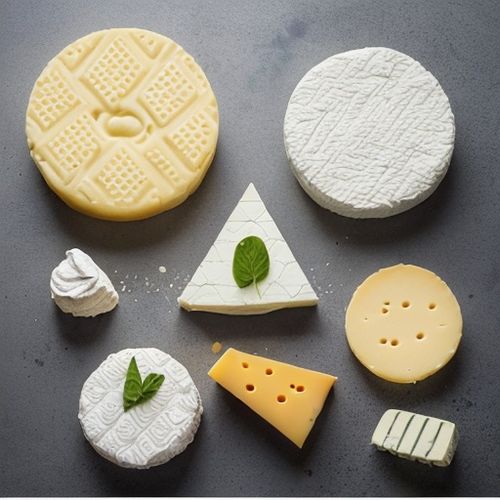
By Rebecca Stewart/Apr 10, 2025
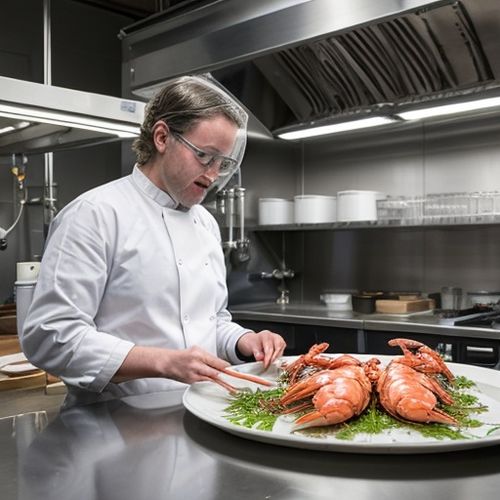
By Emma Thompson/Apr 10, 2025
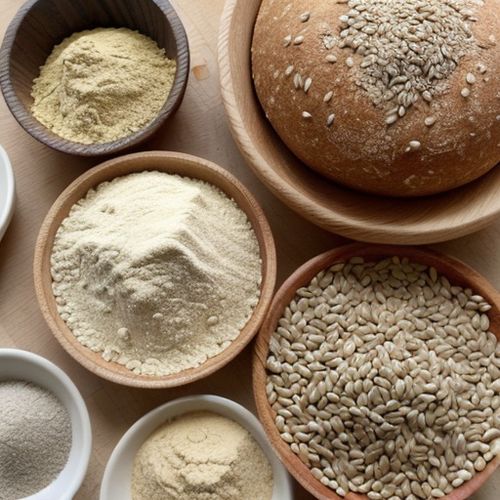
By James Moore/Apr 10, 2025

By Samuel Cooper/Apr 10, 2025

By Elizabeth Taylor/Apr 10, 2025

By Rebecca Stewart/Apr 10, 2025
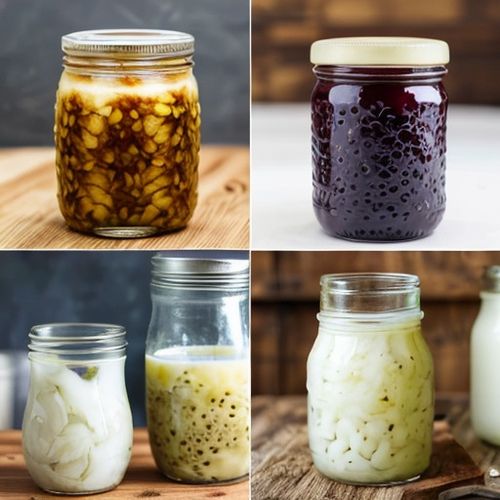
By John Smith/Apr 10, 2025
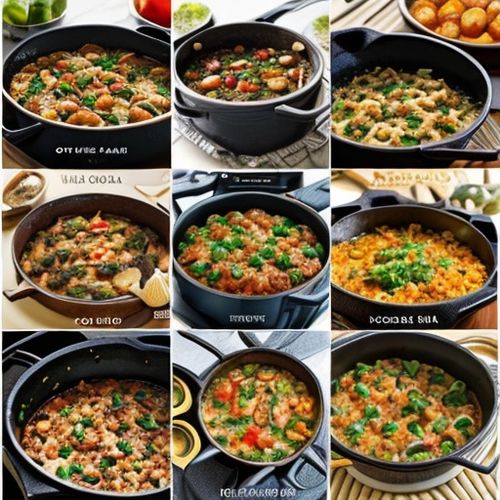
By Michael Brown/Apr 10, 2025

By Emma Thompson/Apr 10, 2025
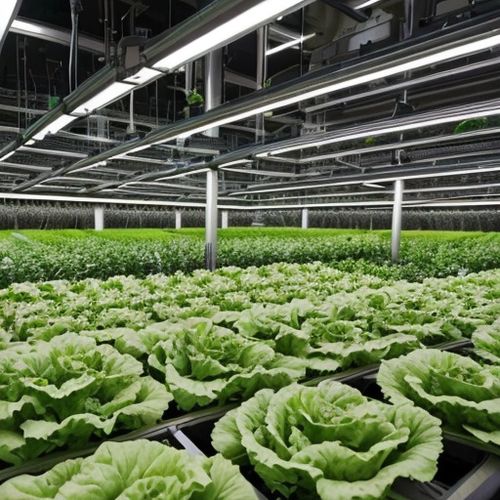
By Elizabeth Taylor/Apr 9, 2025

By Christopher Harris/Apr 9, 2025
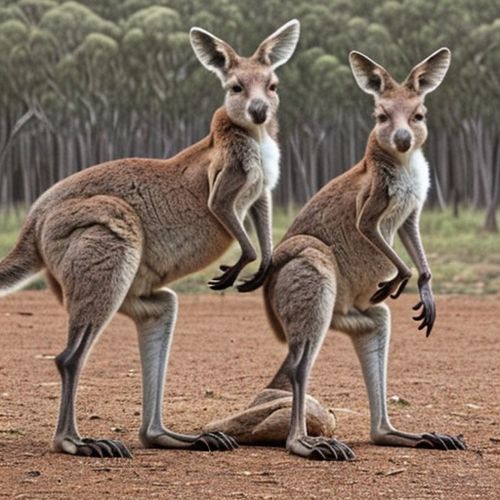
By David Anderson/Apr 9, 2025

By Joshua Howard/Apr 9, 2025

By Emily Johnson/Apr 9, 2025

By John Smith/Apr 9, 2025
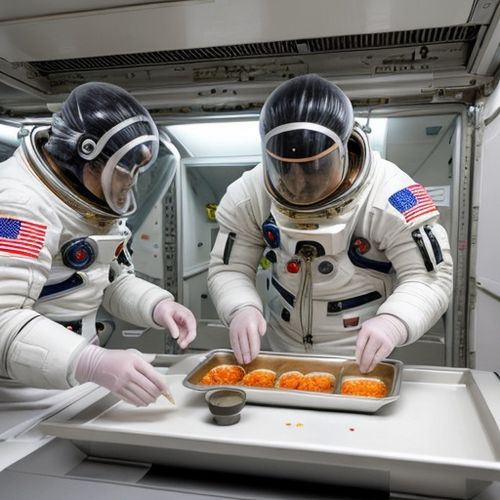
By Lily Simpson/Apr 9, 2025
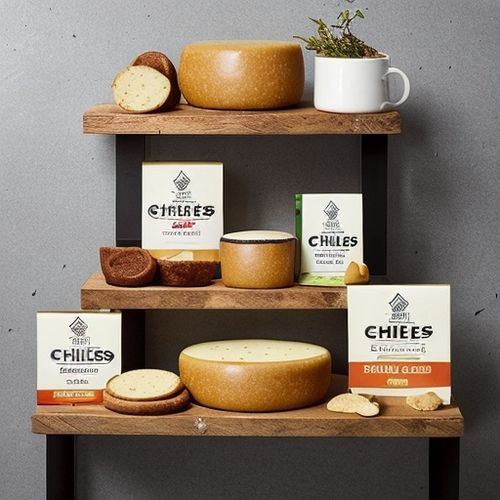
By Lily Simpson/Apr 9, 2025